Range Hood Motor Failure Analysis
1. Thermal Overload Protection
Modern range hood motors are generally equipped with thermal overload protection. When the motor overheats due to prolonged high-load operation or excessively high ambient temperature, the system automatically cuts off the power to prevent damage. After the motor cools down, it will automatically resume operation or require manual reset.
This protection mechanism is a key measure to prevent the motor from burning out due to overheating.
2. Electrical Faults
Aging, short circuits, or open circuits in the motor's internal coils, terminals, or capacitors can cause the motor to fail to start or suddenly stop during operation.
Volume fluctuations, poor contact, or control board malfunctions can also cause the motor to lose driving force.
3. Mechanical Wear and Blockage
After prolonged use, the clearance between the motor bearings, rotor, and stator increases, leading to increased rotational resistance and even jamming.
Oil and grease deposits on the air ducts or motor heat sinks can cause blockages, increasing the motor load, reducing speed, and ultimately causing the motor to stop.
4. Sensor or Control System Malfunction
Modern range hoods employ intelligent components such as oil fume concentration sensors and frequency converter control boards. If the sensor malfunctions or the control algorithm errs, it may misjudge the amount of oil fume and incorrectly shut down the motor.
How to Reduce Noise from a Range Hood Motor?
Effective Measures to Reduce Range Hood Motor Noise
1. Optimize Structure and Duct Design
Use a smooth, rounded inner wall design near the motor and fan inlet to avoid turbulence and impact noise.
Increase the duct cross-section appropriately to reduce noise amplification caused by airflow restriction.
2. Use Sound Insulation Materials and Vibration Damping Devices
Embedding high-density sound-absorbing cotton or sound-insulating pads inside the motor housing can effectively absorb sound waves generated by vibration.
Add elastic vibration damping pads between the motor bracket and the body to reduce the outward transmission of mechanical vibration.
3. Improve Fan Blades and Speed Control
Use aerodynamically optimized blade shapes to reduce friction noise between the blades and the air.
With multi-speed adjustment, low-speed operation is used when there is less smoke, which meets the smoke extraction needs while significantly reducing noise.
4. Regular Cleaning and Maintenance
Grease buildup can cause fan imbalance, generating additional mechanical noise.
Regularly disassemble and clean the impeller, filter, and heat sink to keep the motor running smoothly and with low noise.
Content


 English
English عربى
عربى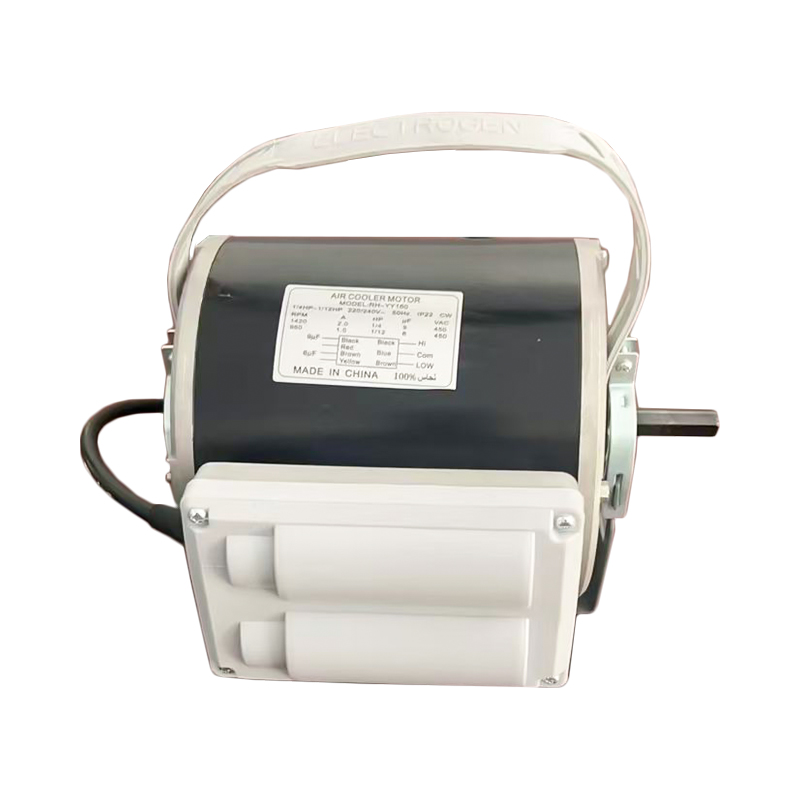
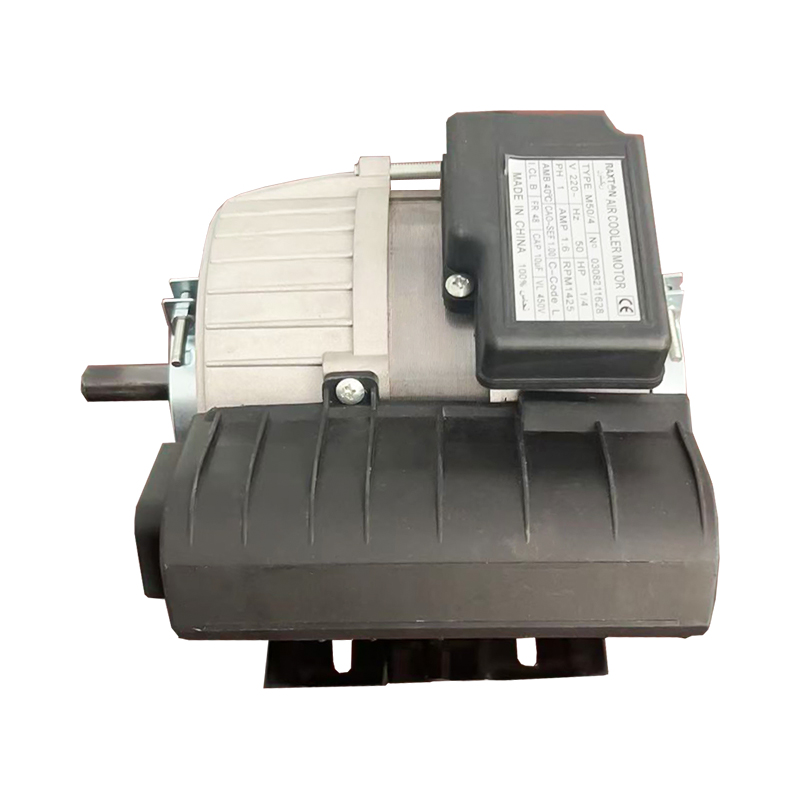
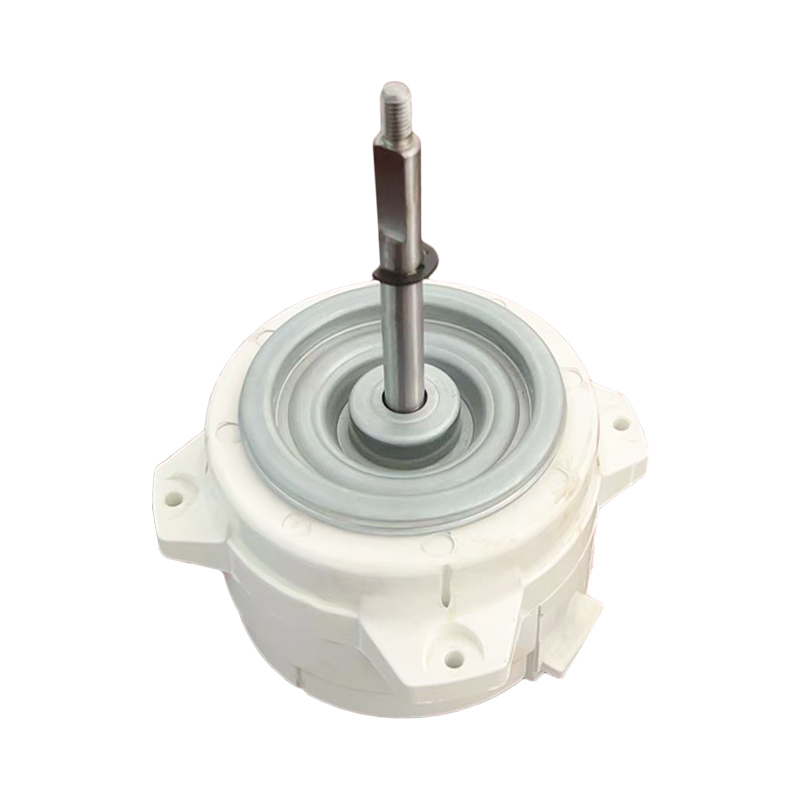

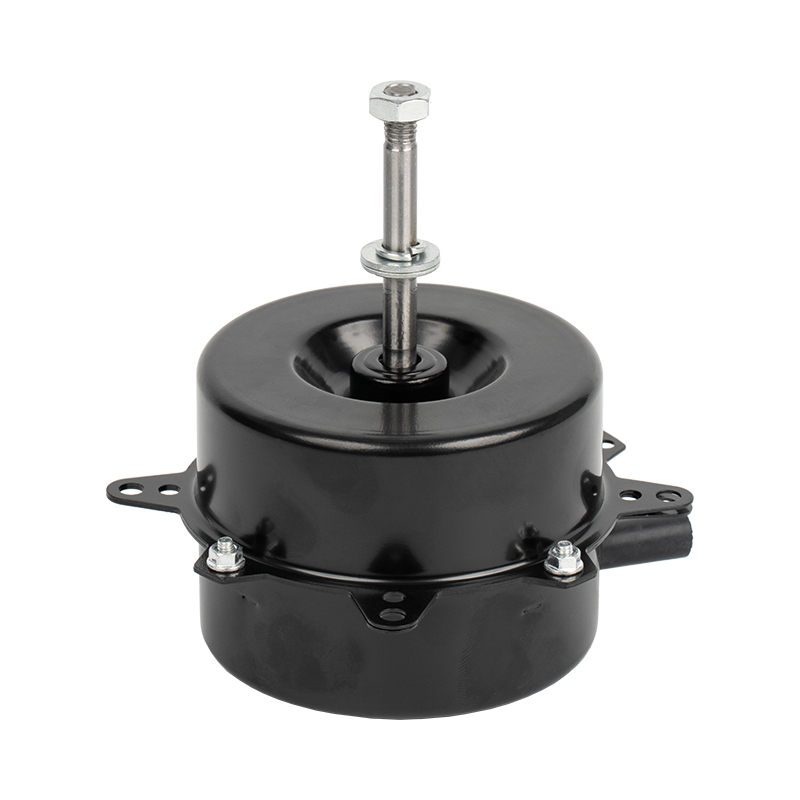
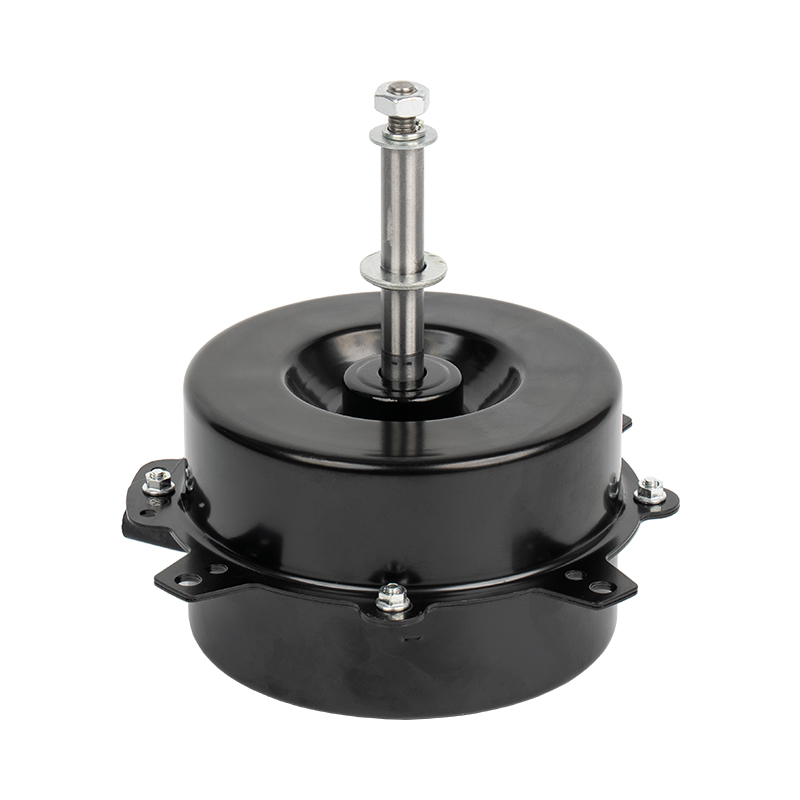
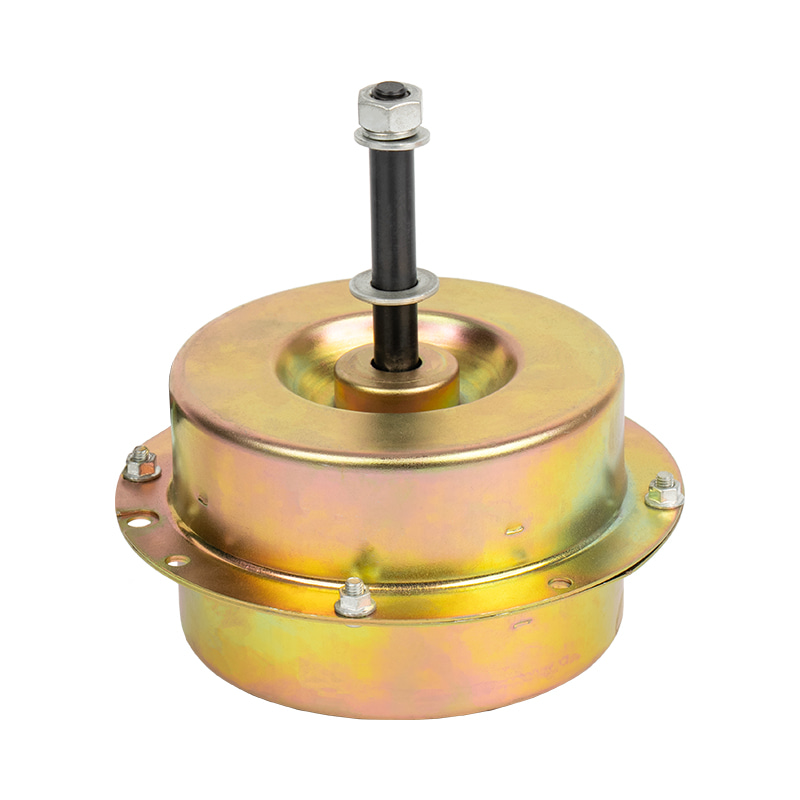
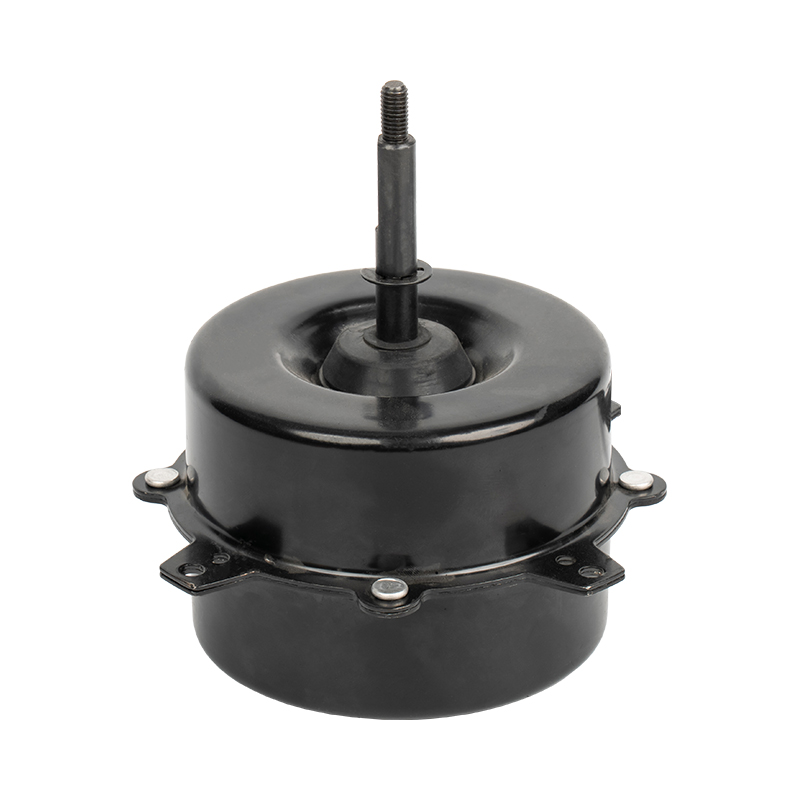
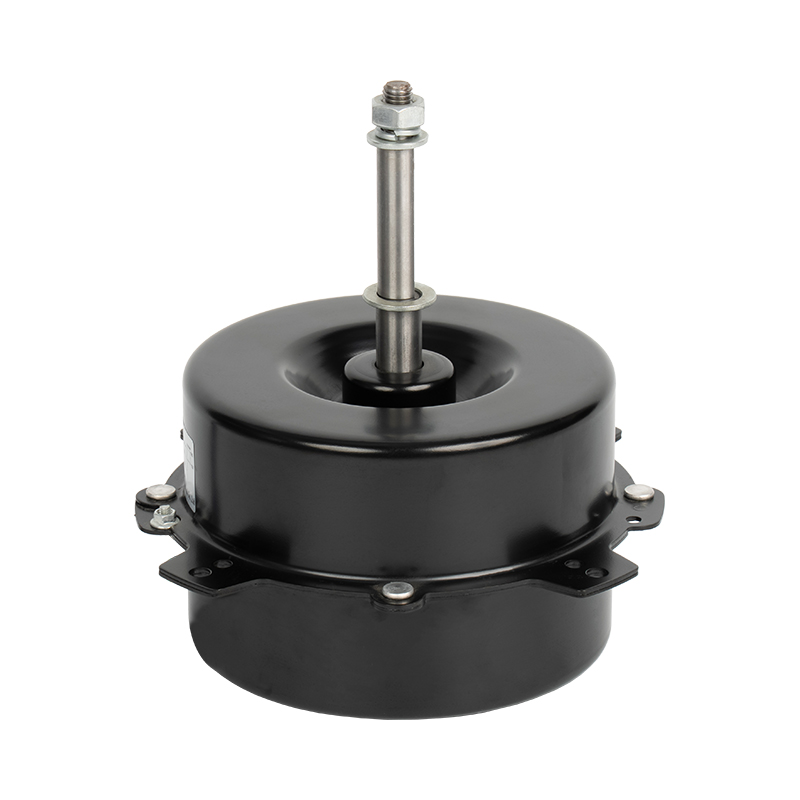
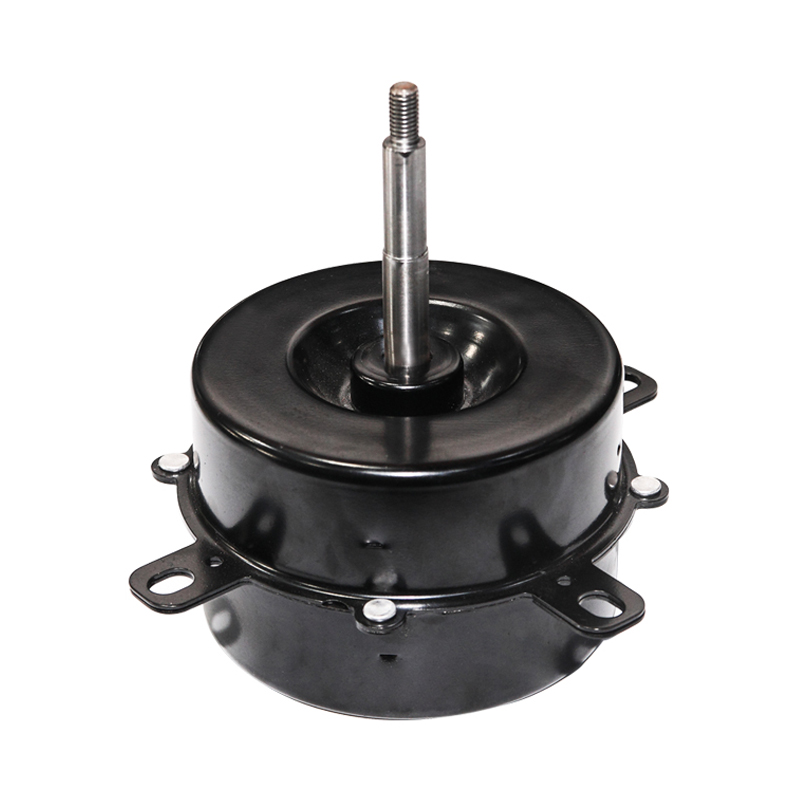
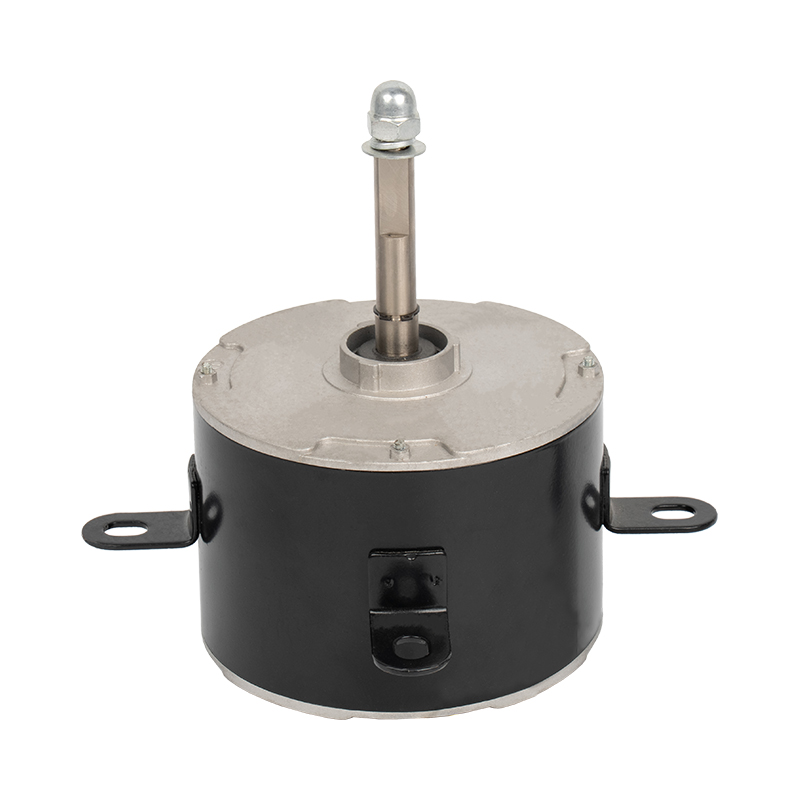



 Home
Home  Tel.: +86-13819807486
Tel.: +86-13819807486 Whatsapp:+86 13819807486
Whatsapp:+86 13819807486 E-mail:
E-mail: 



